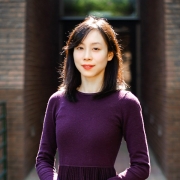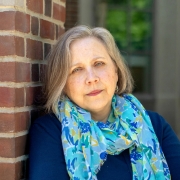Researchers Working to Mimic Giant Clams to Enhance the Production of Biofuel
Alison Sweeney has been studying giant clams since she was a postdoctoral fellow at the University of California, Santa Barbara. These large mollusks, which anchor themselves to coral reefs in the tropical waters of the Indian and Pacific oceans, can grow to up to three-feet long and weigh hundreds of pounds. But their size isn’t the only thing that makes them unique.Anyone who has ever gone snorkeling in Australia or the western tropical Pacific Ocean, Sweeney says, may have noticed that the surfaces of giant clams are iridescent, appearing to sparkle before the naked eye. The lustrous cells on the surface of the clam scatter bright sunlight, which typically runs the risk of causing fatal damage to the cell, but the clams efficiently convert the sunlight into fuel. Using what they learn from these giant clams, the researchers hope to improve the process of producing biofuel.
Sweeney, an assistant professor of physics, and her collaborator Shu Yang, a professor of materials science and engineering in the School of Engineering and Applied Science, refer to the clams as “solar transformers” because they are capable of absorbing bright sunlight at a very high rate and scattering it over a large surface area. When the light is distributed evenly among the thick layer of algae living inside the clam, the algae quickly converts the light into energy.
“What those sparkly cells are doing,” Sweeney says, “is causing light to propagate very deeply into the clam tissue and spread out.”
Click here to read the full story.





